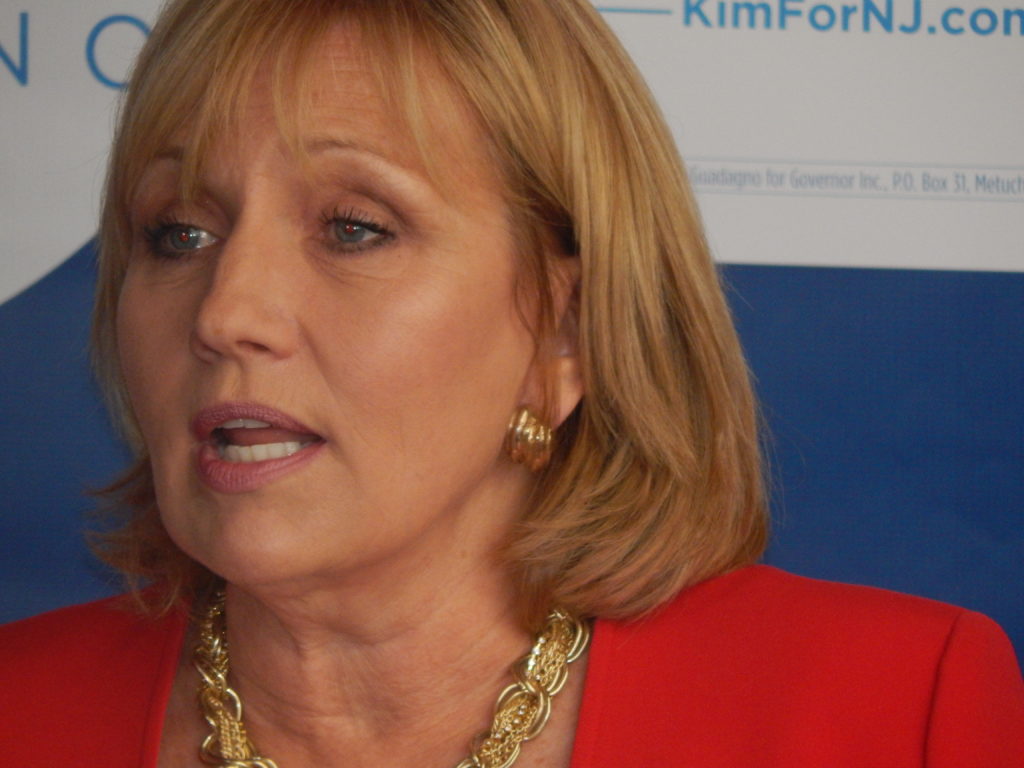The Tax Issue Defined: Taxpayers (Guadagno) versus Tax Consumers (Murphy)

I thought Kim Guadagno won the first debate by a lopsided margin over Phil Murphy. I feel that she won the second debate even more decisively. Her only problem was that the debate was competing with the Yankee game.
Kim scored a clear knockdown on the interest arbitration cap issue when she said in so many words, “The facts are there, Phil - make a decision.” It became abundantly clear that Murphy was engaged in policy evasion of the worst order. He refuses to commit to the continuation of interest arbitration caps, an effective tool to control property tax hikes, because Phil Murphy has mortgaged himself to municipal employee unions.
Yet the “boxing match” feature of the debate - who won and who lost -was not the most significant impact of the evening in terms of the outcome of the campaign. Rather, it was Guadagno’s success in defining the parameters of the tax issue.
In a nutshell, the campaign is a contest between taxpayers and tax consumers; i.e. those individuals who consume tax dollars by way of 1) teacher and state employee salaries and benefits and 2) individual entitlements.
Guadagno represents taxpayers. Her concern is that high state taxes and local property taxes have made New Jersey unaffordable for both residents and businesses.
Murphy represents tax consumers. His emphasis is on immediately funding state teacher and employee pensions and providing an unprecedented level of new state entitlements, such as universal medical care and free college.
Murphy’s problem is that he cannot fund all these measures without huge increases in state sales and income taxes and local property taxes. And Guadagno has proven that proposition beyond any reasonable doubt.
Guadagno’s success in defining the tax issue and its parameters is absolutely critical to her hopes of scoring an upset election victory over Murphy. She continues to trail Murphy due to his huge financial advantage and the Christie albatross.
Sometimes, Murphy has been able to combine these two disadvantages, as with his television commercials describing a failed “Christie -Guadagno administration” and implying a connection between her and the Bridgegate scandal. These commercials are contrary to fact: Guadagno was estranged from Christie for nearly six years of the administration, and there was absolutely no connection with Kim and Bridgegate. In the words of Finley Peter Dunne, however, politics ain’t beanbag, and Kim had to expect this type of Murphy media onslaught.
Thus, the course and mission for Kim Guadagno is clear. In order for her to overcome these disadvantages, with the help of earned media, she must generate a turnout of taxpayers on Election Day sufficient to overcome the turnout of tax consumers bought and paid for by Phil Murphy’s unrestrained promises.
This is a daunting challenge, but it is not impossible. If Phil Murphy and the tax consumers win this election, hold onto your wallets and jobs, as huge tax increases are enacted, businesses leave the state, and the Goldman Sachs tycoon governor appoints an Agricultural Secretary who will attempt to establish and expand the broccoli and grapefruit industries in the Garden State.
Alan J. Steinberg served as Regional Administrator of Region 2 EPA during the administration of former President George W. Bush and as Executive Director of the New Jersey Meadowlands Commission under former New Jersey Governor Christie Whitman.





